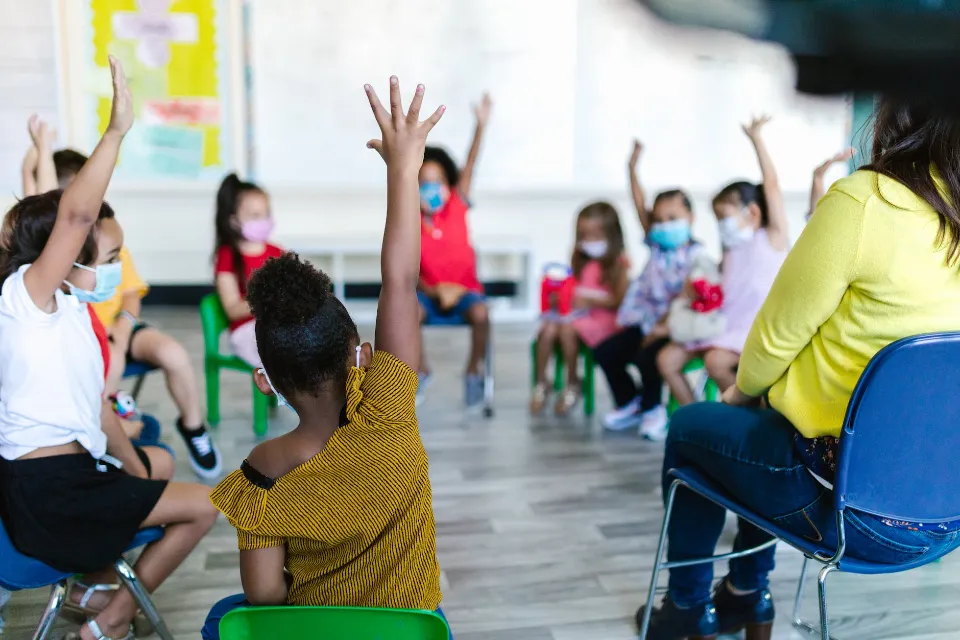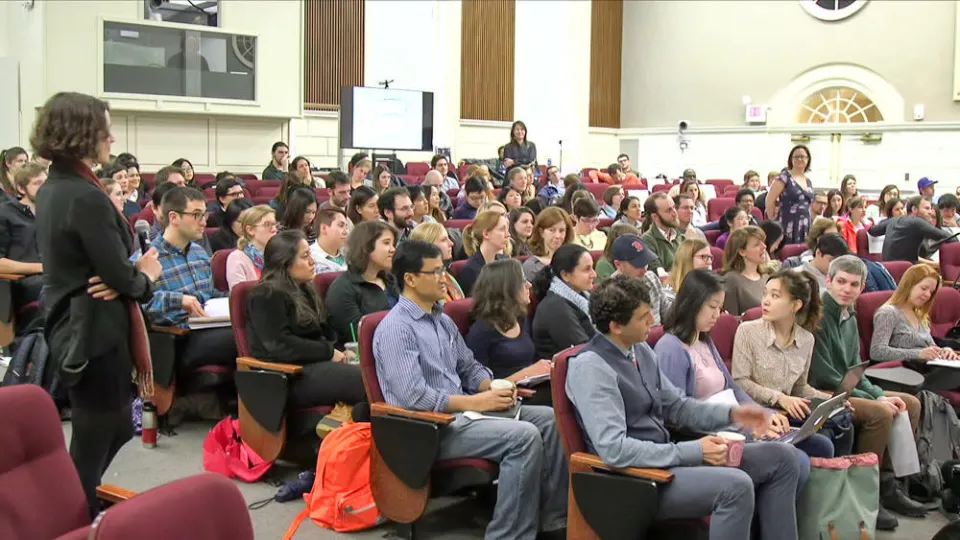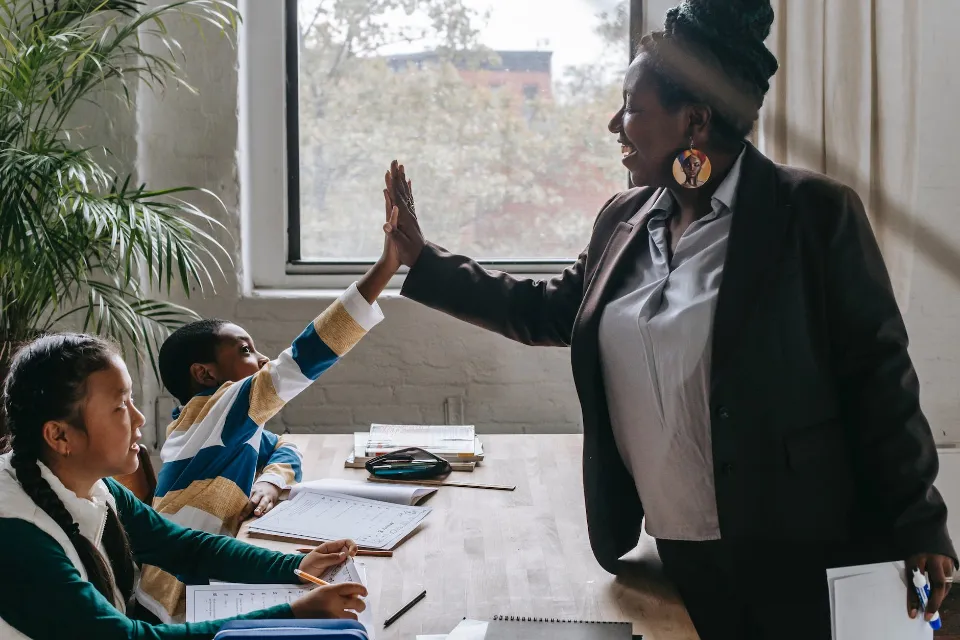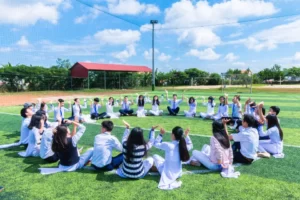
Why is Wait Time Important in the Classroom?
Giving students time to consider their responses can improve learning. Let’s find out why waiting periods are important in the classroom.
Wait time, in educational terms, is the time that a teacher waits before calling on a student in class or for an individual student to respond. For example, a teacher presenting a lesson on presidential terms of office, may ask, “How many years can a person serve as president?”
Wait time refers to the period of time a teacher gives students to consider their response and raise their hands. Wait time in the classroom has proven to be helpful to both students and teachers. The value of waiting periods in the classroom is demonstrated here.
What is Wait Time?
There are two distinct techniques known as “wait time” where teachers purposefully pause. First, wait time 1 is the period of time that passes between posing a question and waiting for a response. Second, wait time 2 is a pause of three to five seconds following a student response. Students can use this time to reflect on the question and come up with a response, either to the instructor’s question or to one from a peer.
More students might be willing to respond to the question as a result, and the quality of their answers might also improve. While this deliberate pause sounds simple to implement, many instructors have been habituated to resisting any silence in the classroom and may find it surprisingly difficult to enact this pause.

The Pros of Using Wait Time in Class
In response to research on IRE classroom talk patterns, Mary Budd Rowe developed and studied the effects of a concept she described as “wait time.”
Her research demonstrated that “If teachers can increase the average length of the pauses at both points [after interrogation and after student response], namely after a question (wait time 1) and, even more importantly, after a student response (wait time 2) to 3 seconds or more, there are pronounced changes (usually regarded as improvements) in student use of language and logic as well as in student and teacher attitudes and expectations” (Rowe 43). Rowe identified several improvements in student learning as a result of wait time:
- Student responses are getting longer.
- an increase in the quantity of appropriate, unasked-for student responses.
- a rise in speculative reactions.
- a decline in the percentage of students who don’t reply.
- the number of responses from students who have been labeled as slow learners by their teachers has increased.
- an improvement in the test results of academic achievement for students.
Stahl noted that when teachers practice waiting time, positive changes occur in their own behavior:
- They frequently employ a wider range of flexible questioning techniques.
- They ask fewer questions, but they ask them better and in more different ways.
- They pose additional queries that call for students to process more complicated information and think critically.
By asking and responding to their own questions of one another or the teacher, students may become more active participants in the conversation as a result of the positive changes.

However, the interactive, student-driven discussion that wait time facilitates is not a free-for-all, unguided by faculty, where anything goes. Instead, faculty responsibilities shift from mediating every student contribution (thus, establishing the instructor at the center of the learning environment) to being responsive to student contributions by:
- directing the conversation toward useful lines of thought.
- Answering factual questions and clearing up misinterpretations.
- making room for students who are making an unsuccessful attempt to participate in the conversation.
Implementation of Wait Time
In order to convince students that their participation is genuinely desired, teachers may need to wait for more than three to five seconds when first establishing student-led classroom talk.
It’s possible that your students are uncomfortable with the silence because they are not used to waiting; they might think that the teacher will assess their response. Faculty can manage this difficulty by avoiding eye contact by reading through the text or taking notes while they wait for the student’s response.

- Make sure everyone can see each other’s eyes by setting up the space accordingly. The instructor moderates each student’s contribution to the discussion in a classroom where IRE is more prevalent. Due to a lack of emphasis on student interaction with one another, all students are facing the teacher
- Pose good questions.
- Use authentic questions; “questions without pre-specified answers” (Nystrand, 7).
- “Authentic” questions convey the teacher’s interest in students’ thinking and opinions and are designed to support interpretation and the co-construction of meaning through whole-class conversation.
- Questions that do not seek information are easily answered with specific facts or are answered easily with a yes/no response.
- Questions with no “right” answer or multiple correct answers.
- Gold-star alternative: have students develop authentic questions & post or bring them to class with them. Have students prepare discussion questions in advance of class meetings and write them on the board (or project them onto the computer) to set the direction for the discussion after the IRE classroom discourse has been disrupted and wait-time discourse has been established. After the questions have been distributed, carry out steps 3 through 4 as normal.
- Student-generated questions increase student motivation to participate and engage
- Use authentic questions; “questions without pre-specified answers” (Nystrand, 7).
- Wait (Wait Time 1) until a student responds. To prove that the question is not rhetorical, wait for at least 3 to 5 seconds.
- Await the student’s reply. (Wait Time 2). To emphasize that students are expected to engage with one another’s ideas and contributions (rather than the instructor always doing so), wait at least 3 to 5 seconds after the initial student response before asking a follow-up question.
Adjusting Wait Times
When using wait time, teachers must be mindful of the expectations of the students. Students in challenging, upper-level courses who are accustomed to receiving answers quickly might not at first see the benefit of waiting.
In these situations, teachers would need to apply their knowledge and experiment with different wait times before calling on students to see if it affected the number of students who participated or the caliber of their responses. Like with any other teaching technique, a teacher may need to experiment with wait time to see what works best for their students.
Conclusion: The Importance of Wait Time
Although waiting may initially be a difficult tactic for both teachers and students, it does become less difficult with practice. Teachers will notice a better quality and/or an increase in the length of responses as students have the time to think of their answers before raising their hands.
If you haven’t already, try putting a 3 to 5-second wait time into practice in your classroom. Then let me know how it went!


